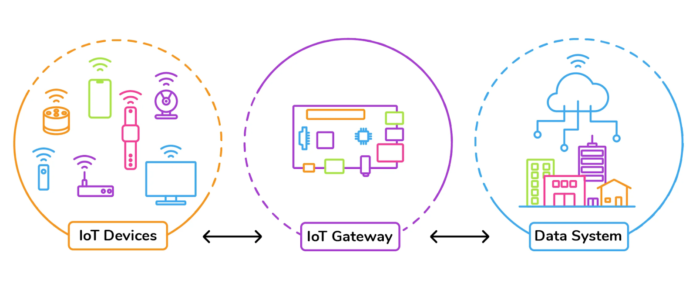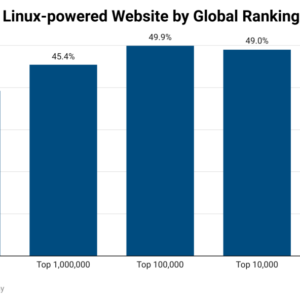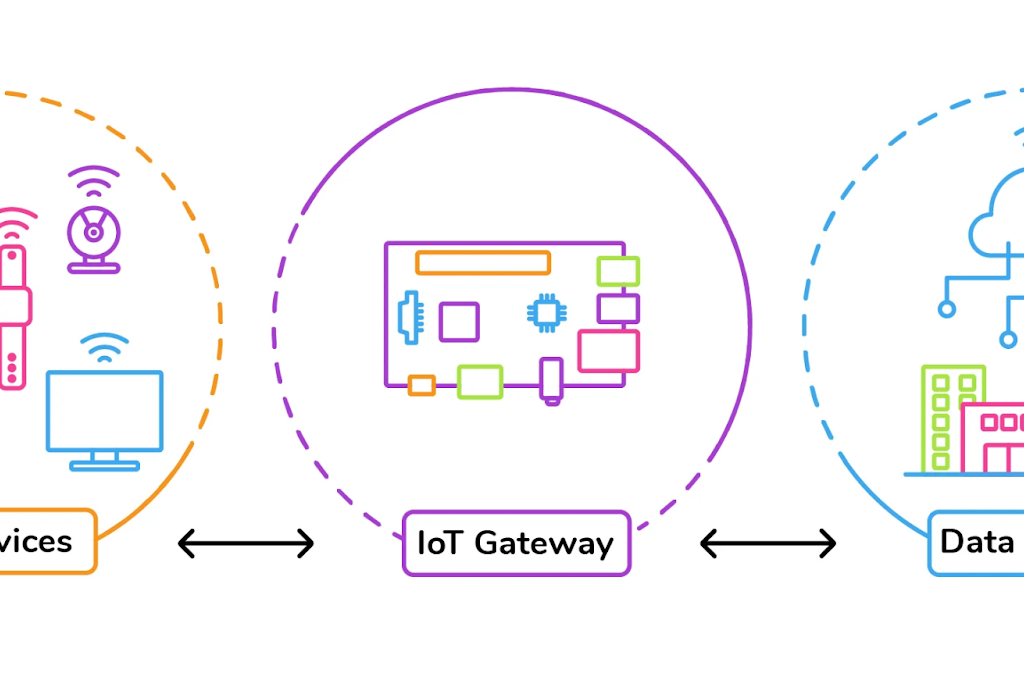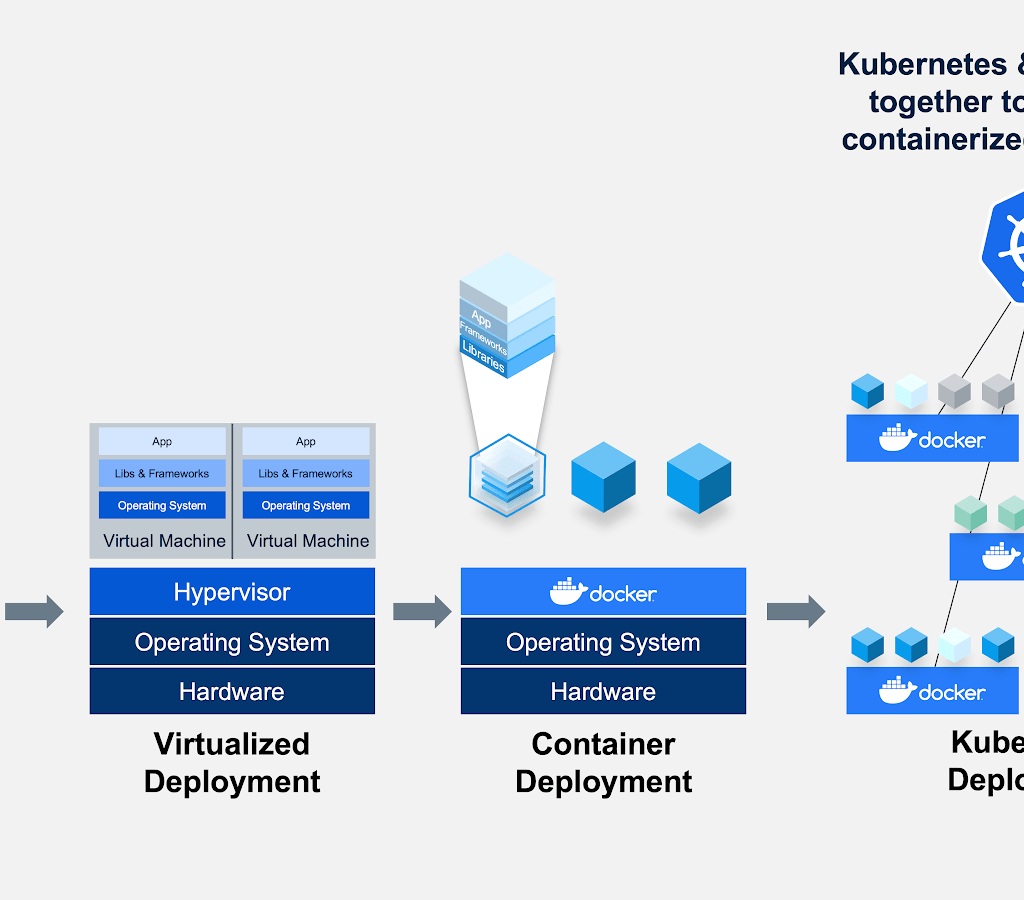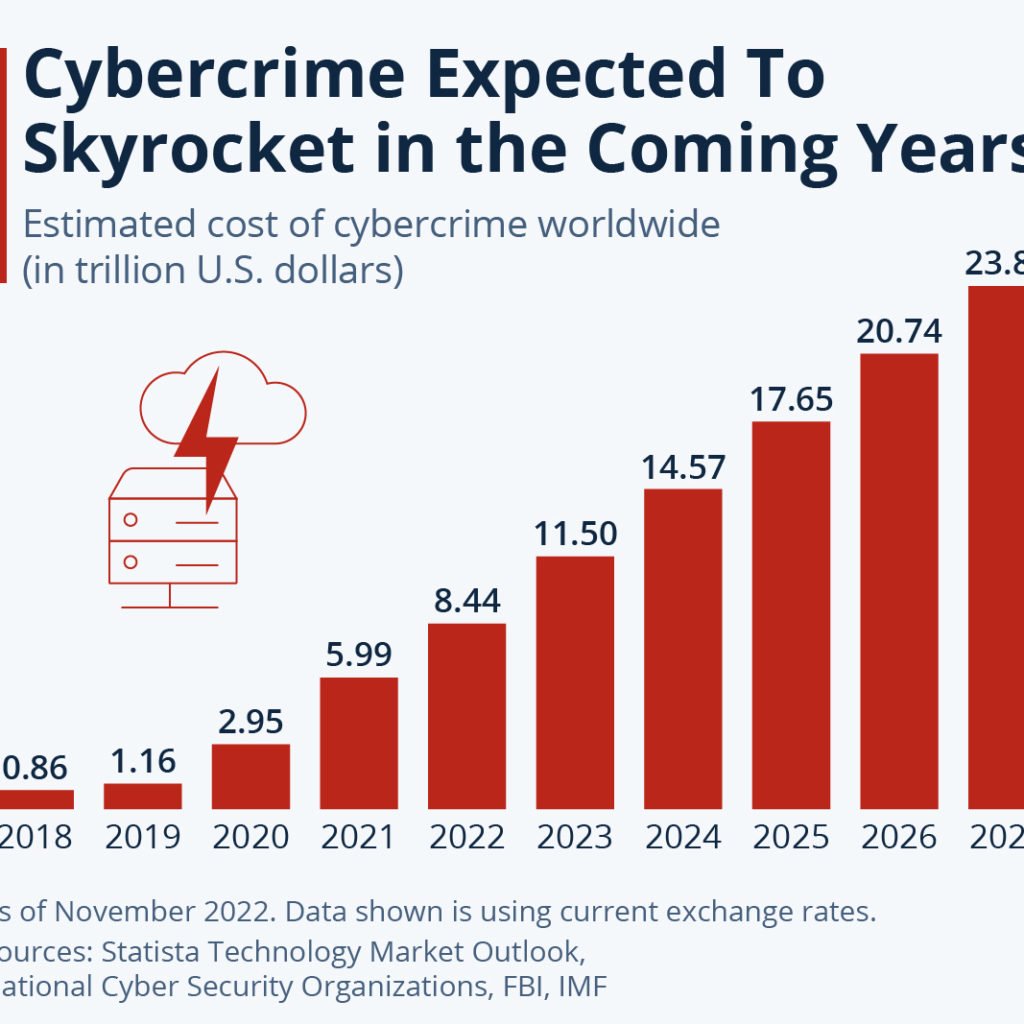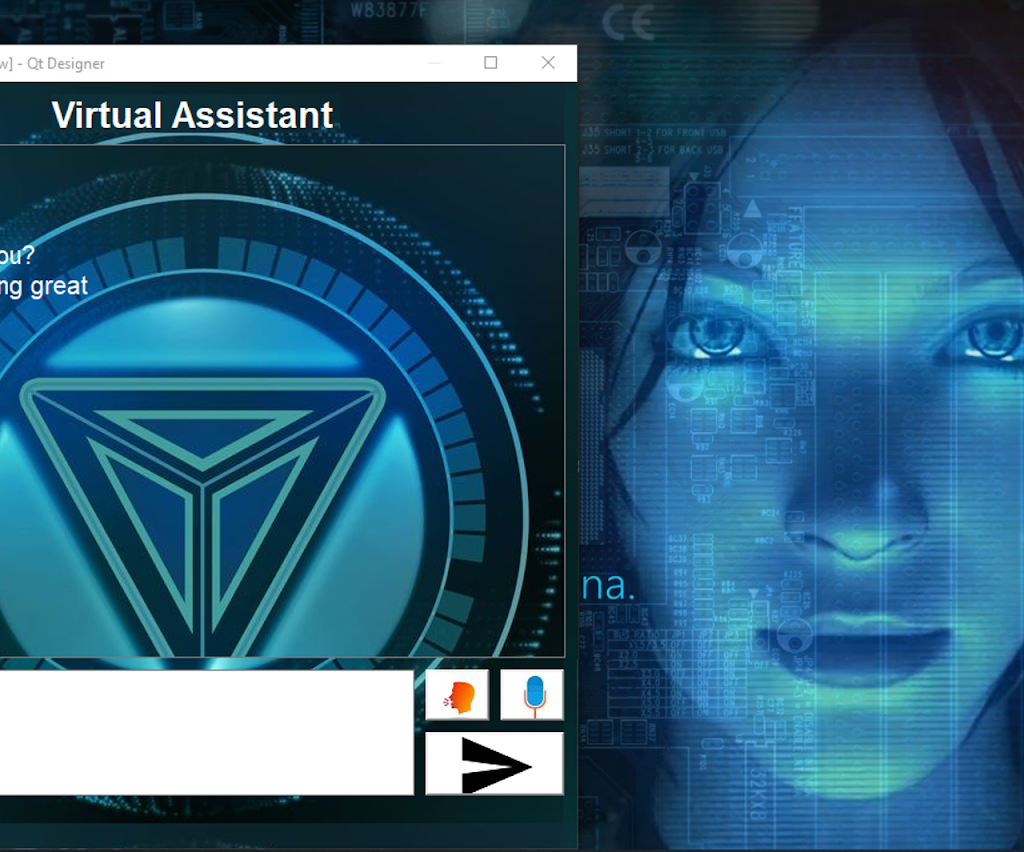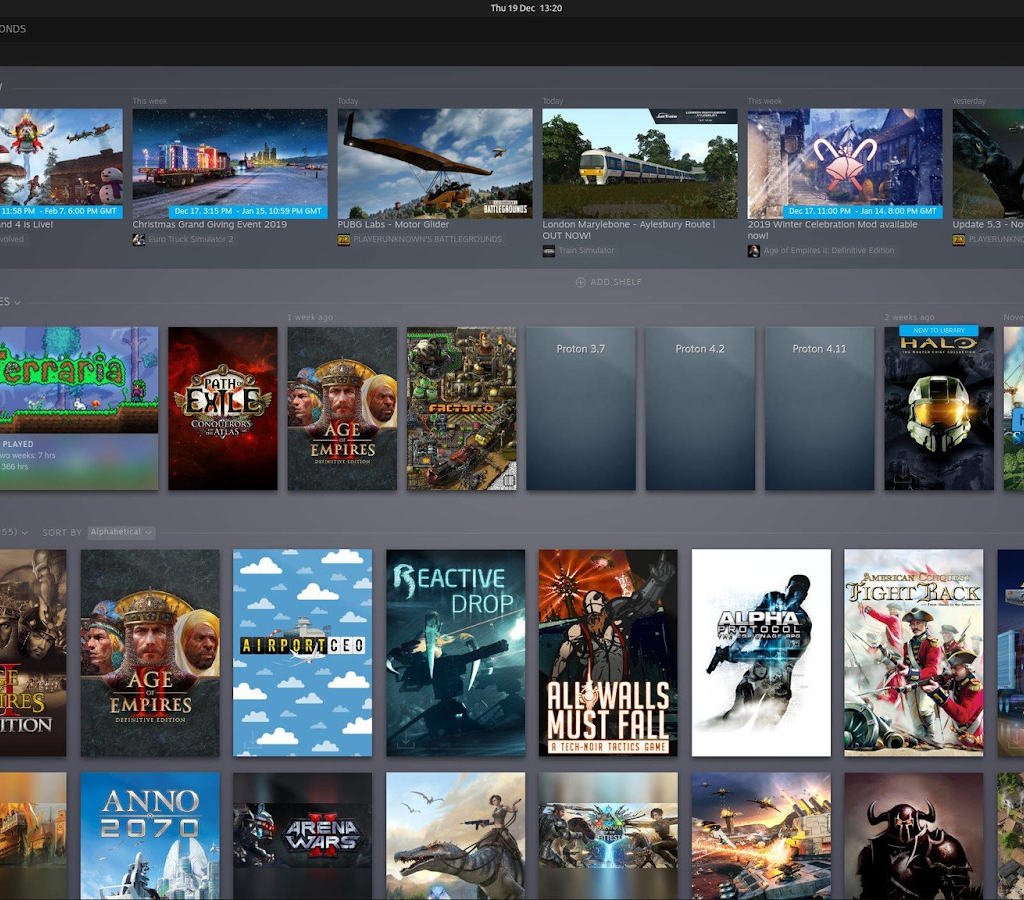The stability of Linux is one of the main advantages. The system is known for its reliability and durability, compared to some other operating systems. It’s designed for use with a wide variety of hardware, from personal computers to servers, that can handle massive amounts of work and do not experience crashes or other problems.
This article will explore some of the post significant Linux trends and how they will impact the software development industry.
Increased Adoption in the Enterprise
The first Linux trend is a popularity among enterprises as an operating system in recent years. The reason for this trend can be seen in many ways, but mainly because of the stability and flexibility. This means that it is a very good choice for companies who need their systems to operate at all times, with the aim of minimizing interruptions and reducing chances of loss of productivity.
The strong security features of the future Linux operating system modifications is another factor that is contributing to its adoption by enterprises. Also, it is an open source operating system that makes it possible for anyone to see and modify its source code. This has resulted in a huge community of developers making their features more secure, and consequently the system is extremely resistant to all kinds of cyberattacks.
At the same time, businesses that seek to innovate and adapt rapidly to changing market conditions have a particular interest in Linux’s flexibility. Businesses have the possibility of specifying their needs, which allows them to easily add or delete applications as needed. It is therefore an excellent option for companies, which must be able to swiftly react to new opportunities or challenges.
Rise in IoT Devices
There are many factors that have contributed to the growing Linux trend – popularity in Internet of Things devices. The free nature which enables it to provide a cost-effective solution for the development of Internet Of Things, is one of its main advantages. Without the need to pay licensing fees or worry about vendor lock-in, developers can make kernels compatible with their devices in order to meet specific requirements. The choice for businesses and startups seeking to penetrate the IoT market has been encouraged by this flexibility.
Linux is a mature and robust operating system, which has been running in many applications for decades. That ensures that it is an excellent choice for IoT devices which have to be operating uninterruptedly over a period of time. The OS is also extremely secure, with a number of added features to ensure the protection of IoT devices against cyber threats.
The future of the Linux operating system also offers a wide range of tools and resources which make it easier for developers to build and deploy IoT devices. For those who want to develop their devices, there’s a variety of distributions and software packages that have been specially designed for the Internet of Things as well as many trends to implement. They give developers a large amount of tools and libraries which they will be able to take advantage of in developing their projects.
Advancements in Containerization Technologies
By allowing applications to be deployed, managed and scaled in a variety of environments, containerization has changed the way software development is done. The containerization market, which has been driven by factors such as increased adoption of cloud computing and the need to develop faster and more effective applications, is growing rapidly in recent years.
With the development of container technologies such as Docker and Kubernetes, we can look forward to further progress by 2024. The standard tool for software development in the industry is Docker, a containerization platform that allows developers to build applications and their dependencies into containers. On the other hand, Kubernetes is an Open Source orchestration tool for containerized applications that automatically deploys, scales and manages containers.
The ability to simplify application deployment is an important advantage of containerization. For instance, the Docker module lets developers create all dependencies that are necessary to run an application in one container. This enables an application to be deployed more easily in various environments and does not require reconfiguring the underlying infrastructure. In addition, the deployment process can be automated by Kubernetes developers with a view to making it simpler and more efficient.
A container isolates applications from one another, reducing the risk of conflicts and compatibility issues. This will make it easier, from deployment to retirement, to manage an application’s lifecycle. With Kubernetes, developers will also be able to automatically increase the number of containers by their needs in order that applications can cope better with traffic spikes.
In addition, containerization makes it possible to make applications more scalable. The container is light, which makes it easy to replicate and allows the applications to be distributed vertically on a number of nodes. This makes it possible for businesses to cope with increased workload and avoid having to invest in costly hardware infrastructure.
Focus on Security
The world has experienced a sharp increase of cyberattacks over the past few years. Criminals are continuing to innovate their tactics, techniques and procedures for exploiting vulnerable systems as technology continues to advance. This attack does not spare the future of Linux operating system, as hackers have come up with new and more sophisticated ways of compromising its security.
An increased focus on developing and improving robust security features for future modifications is one of the major measures that we can expect to see. We can look forward to Linux based systems in 2023-2024 which will introduce new and more advanced security features, with an enhanced level of device safety, authentication protocols as well as access controls.
The detection and assessment of vulnerabilities is another area in which we can expect increased efforts. One of our top priorities is to improve the mechanism for detecting and correcting vulnerabilities in Linux systems. Nevertheless, vulnerability detection and correction is becoming more difficult as cyber threats are further developed and become more sophisticated.
The focus shifts to more general security, which covers all aspects such as hardware, network infrastructure, applications and user behavior. In this heterogeneous approach, all vulnerabilities within the system’s attack surface are addressed, and risk mitigation plans developed for each of them.
Continued Development of Desktop Environments
You can expect to see further improvements in your favorite Linux desktop applications such as GNOME, KDE and Cinnamon in 2023-2024. It is expected that more flexible settings will be available for personalization and a smoother, cleaner look in GNOME. More improvements to the overall performance of your desktop environment and greater compatibility with Wayland’s display server will be introduced when GNOME 42 is released.
On the other hand, KDE Plasma is known to offer a wide range of customization options. With new widgets and plugins, we’re going to have even more room for customization by the year 2024. Efficiency, device integration and privacy are going to continue to be emphasized by KDE. In addition, the Wayland display server integration will ensure a smooth rendering of graphics and platform stability.
The popularity of the Cinnamon desktop environment among both casual users and professionals is growing. The goal of Cinnamon is to provide a comfortable user experience, appealing to the users used to more classical operating systems, so that it’s easy and responsive.
A compelling alternative to mainstream operating systems is the continued development of Linux future desktop environments. It has become a more and more practical option for both amateur and professional users, thanks to its variety of customization options, improvements in user interface as well as enhanced productivity features.
Integration of Artificial Intelligence (AI)
The system is equipped with powerful development and command line tools, which support numerous hardware. The use of these tools will be optimal for developing and deploying artificial intelligence. We’ll be seeing more integration with AI technologies in 2023-2024. The capabilities of advanced machine learning, deep learning and data analysis will be enhanced through this integration.
Machine learning, also known as a subset of artificial intelligence, is about developing systems that can identify patterns, draw inferences from data and make predictions. Because Linux supports popular frameworks like TensorFlow and Keras, its flexibility is ideal for development of Machine Learning. These frameworks are very API, which makes it easy to create and deploy models of machine learning. This integration will make it possible for companies to analyze data and make informed decisions.
Deep Learning, the subset of machine learning that applies neural nets to teach and make decisions, is also a subtype of machine learning. Deep learning frameworks such as PyTorch and Caffe2 may be supported by Linux based systems. These frameworks make it easy to build and use deep learning models so that enterprises can obtain more accurate predictions, thereby improving their performance.
A large amount of data can be analyzed using artificial intelligence technologies, making it an essential tool for businesses. In order to gain valuable insights from the data and make business decisions based on it, businesses can employ a large range of information analysis tools, either directly in the OS or by using OpenSource AI libraries.
Expansion of Gaming
In recent years, the Linux gaming ecosystem has gone through a great deal of development and there have been major changes in it. Such gaming has become increasingly accessible and popular for both developers and users thanks to initiatives such as SteamOS and Proton. We’ll see continued growth of the OS-featured gaming with more game developers and platforms coming to embrace compatibility, which will lead to an increased number of games available for users by 2023-2024.
SteamOS has been a driving force for the gaming revolution. SteamOS is a system developed by Valve Corporation, one of the world’s biggest developers of games. SteamOS has been designed to be a dedicated gaming platform that is optimized for PC hardware. Gamers will be able to take advantage of the immense library of games available on their OS-based platform through SteamOS and use a steam client to play their favorite games.
The Proton technology is a further important development in the gaming ecosystem. The compatibility layer that Valve Corporation has created is called Proton and makes it possible to seamlessly run Windows based games on Linux. With Proton, the wide selection of games is made available to users as more and more game developers are not offering support for Linux. Proton will make it easy for players to play Windows games, overcoming the major barrier of compatibility.
More and more developers of games are adopting compatibility as a Linux software trend, with these initiatives gaining momentum. We’re already seeing the OS supported by the major game developers such as Electronic Arts, Ubisoft and id Software; it is expected that others will be coming on board.
IWe also expect to see more gaming platforms embracing Linux trends in 2023. Gaming platforms like Google Stadia and Amazon Luna are already offering game streaming services that do not require a high-end PC. These platforms have the potential to embrace Linux’s future, especially with the increasing popularity of the platform with developers and gamers worldwide.
Conclusion
In 2023-2024, companies providing services for software development will be keeping an eye on these software trends that are expected to shape the industry further. Edge computing, containerization, AI and machine learning, and cybersecurity are just some of the trends that firms will need to be proficient in. With the right skills and knowledge, they can leverage the power to deliver world-class software solutions.
Author: Valentin Kuzmenko
Chief Commercial Officer/ VP of Sales | Andersen works in close cooperation with customers to define, craft, and improve high-performing software solutions across numerous industries


